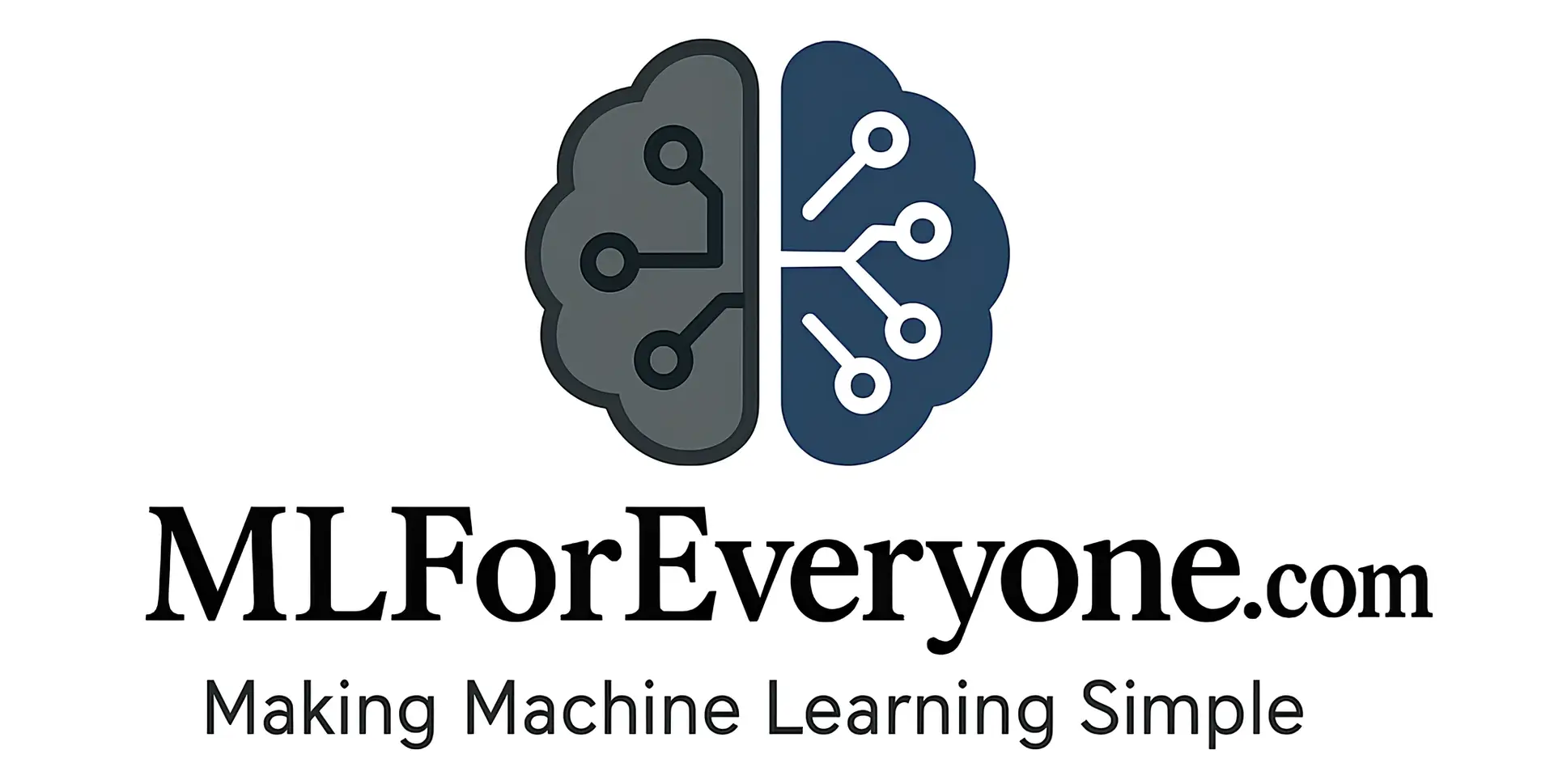In today’s interconnected world, breaking down language barriers is more critical than ever. Whether you’re a business expanding globally, a traveler navigating foreign cultures, or a student mastering a new language, AI-powered translation services offer a fast, affordable solution. But how accurate are these tools, and how easy are they to use? In this article, we’ll dive into the best AI translation tools, reviewing their accuracy and usability to help you choose the right one for your needs. At mlforeveryone.com, we’re committed to bringing you in-depth AI tools and software reviews, and this guide is no exception.
Why AI-Powered Translation Services Matter
AI translation tools leverage machine learning and neural networks to deliver instant translations across dozens—or even hundreds—of languages. Unlike traditional human translation, these tools provide:
- Speed: Translate entire documents in seconds.
- Cost Savings: Reduce reliance on expensive human translators.
- Accessibility: Available 24/7 via web or mobile apps.
- Integration: Seamlessly embed into workflows, from websites to customer support systems.
With the rise of globalization, the demand for user-friendly AI translators has skyrocketed. But not all tools are created equal—accuracy and usability vary widely. Let’s explore what these services offer and where they fall short.
Benefits of AI Translation Tools
AI-powered translation services are transforming how we communicate. Here’s why they’re worth considering:
- Efficiency: Process large volumes of text instantly, ideal for businesses or content creators.
- Affordability: Often free or low-cost compared to professional translation services.
- Versatility: Support multiple languages and formats, from text to voice and images.
- Scalability: Perfect for small startups or multinational corporations alike.
For example, tools like Google Translate can handle over 100 languages, making them a go-to for top AI tools for language translation. But speed isn’t everything—accuracy and ease of use are just as critical.
Challenges of AI Translation Services
Despite their advantages, AI translation tools face hurdles that impact their performance:
- Context and Nuance: Idioms, slang, and cultural references often get lost in translation.
- Specialized Vocabulary: Technical terms or industry jargon may be misinterpreted.
- Language Gaps: Less common languages may lack the data needed for precise translations.
These limitations highlight the importance of choosing a tool that balances AI translation accuracy with practical usability. Let’s break down how the top players perform.
Reviewing Accuracy in AI Translation Tools
Accuracy is the backbone of any translation service. We evaluated popular tools based on language support, translation quality for complex sentences, and handling of specialized terms. Here’s what we found:
1. Google Translate
- Languages Supported: 100+
- Strengths: Powered by neural machine translation, it excels with widely spoken languages like English, Spanish, and Chinese. Recent updates have improved AI translation accuracy significantly.
- Weaknesses: Struggles with rare languages and nuanced phrasing, such as proverbs or humor.
2. DeepL
- Languages Supported: 30+
- Strengths: Known for superior accuracy, especially in European languages like German and French. Its neural networks produce natural, human-like translations.
- Weaknesses: Limited language coverage compared to competitors.
3. Microsoft Translator
- Languages Supported: 70+
- Strengths: Reliable for business and technical translations, with strong performance in common languages.
- Weaknesses: Less precise for less-spoken languages or creative content.
Independent studies, like those from linguistics journals, often rank DeepL highest for AI translation software reviews, but Google Translate’s versatility keeps it in the lead for broad use cases.
Assessing Usability of AI Translation Tools
A tool’s usability can make or break your experience. We looked at user interfaces, features, and overall accessibility to determine which tools stand out as user-friendly AI translators.
1. Google Translate
- Interface: Clean, intuitive, and mobile-optimized.
- Features: Text, voice, image translation, and offline mode.
- Verdict: Perfect for beginners and pros alike, with seamless integration into Google products.
2. DeepL
- Interface: Minimalist and focused on text input.
- Features: Document translation, customizable glossary, and browser extension.
- Verdict: Ideal for power users who prioritize quality over flashy extras.
3. Microsoft Translator
- Interface: Professional, business-oriented design.
- Features: Real-time conversation mode, voice input, and Microsoft Office integration.
- Verdict: Great for corporate users or those already in the Microsoft ecosystem.
Comparison of Top AI Translation Tools
| Tool | Languages | Accuracy Rating | Usability Rating | Standout Feature |
|---|---|---|---|---|
| Google Translate | 100+ | 8/10 | 9/10 | Image translation |
| DeepL | 30+ | 9/10 | 8/10 | Document translation |
| Microsoft Translator | 70+ | 8/10 | 8/10 | Conversation mode |
This table simplifies your decision-making process, whether you’re after how accurate are AI translation services or the most practical tool for daily use.
Tips for Choosing the Best AI Translation Tool
- Define Your Needs: Need broad language support? Go for Google Translate. Prioritize accuracy? DeepL is your pick.
- Test Before Committing: Most tools offer free versions—experiment to see which fits your workflow.
- Combine Tools: Use DeepL for precision and Google Translate for rare languages.
Explore other reviews on mlforeveryone.com, like our guide to AI Writing Tools, to complement your translation toolkit.
Conclusion: Finding Your Perfect AI Translation Service
AI-powered translation services are game-changers, blending speed, affordability, and innovation to connect the world. Google Translate offers unmatched versatility, DeepL shines in AI translation accuracy, and Microsoft Translator caters to business needs with ease. Each tool brings something unique to the table, so your choice depends on your priorities—be it accuracy, usability, or both.
Ready to break language barriers? Try these best AI translation tools today and share your experiences in the comments below. At mlforeveryone.com, we’ll keep bringing you the latest in AI tools and software reviews to empower your journey with machine learning. Check back for updates, as AI technology evolves faster than ever!




Leave a Reply